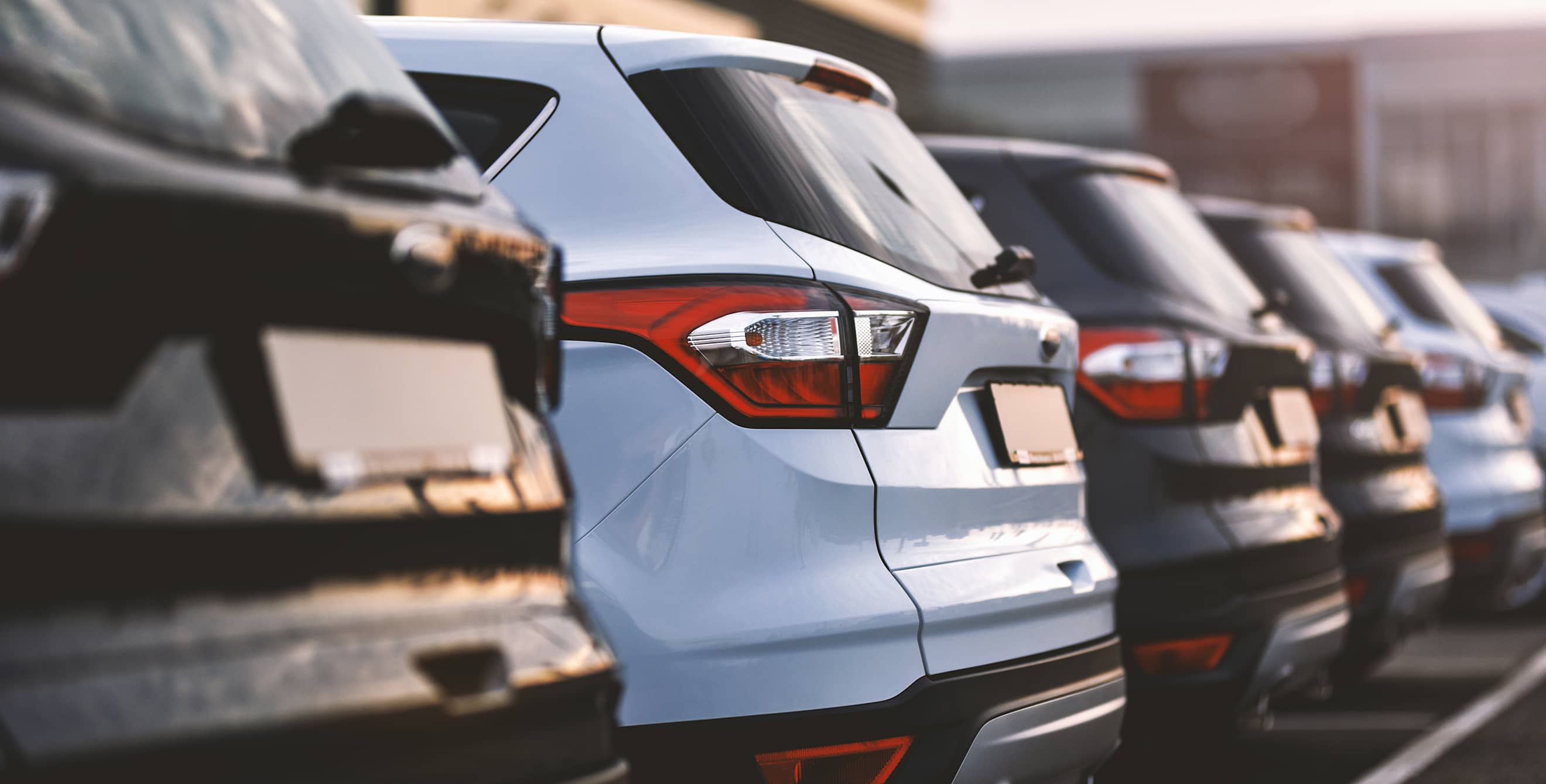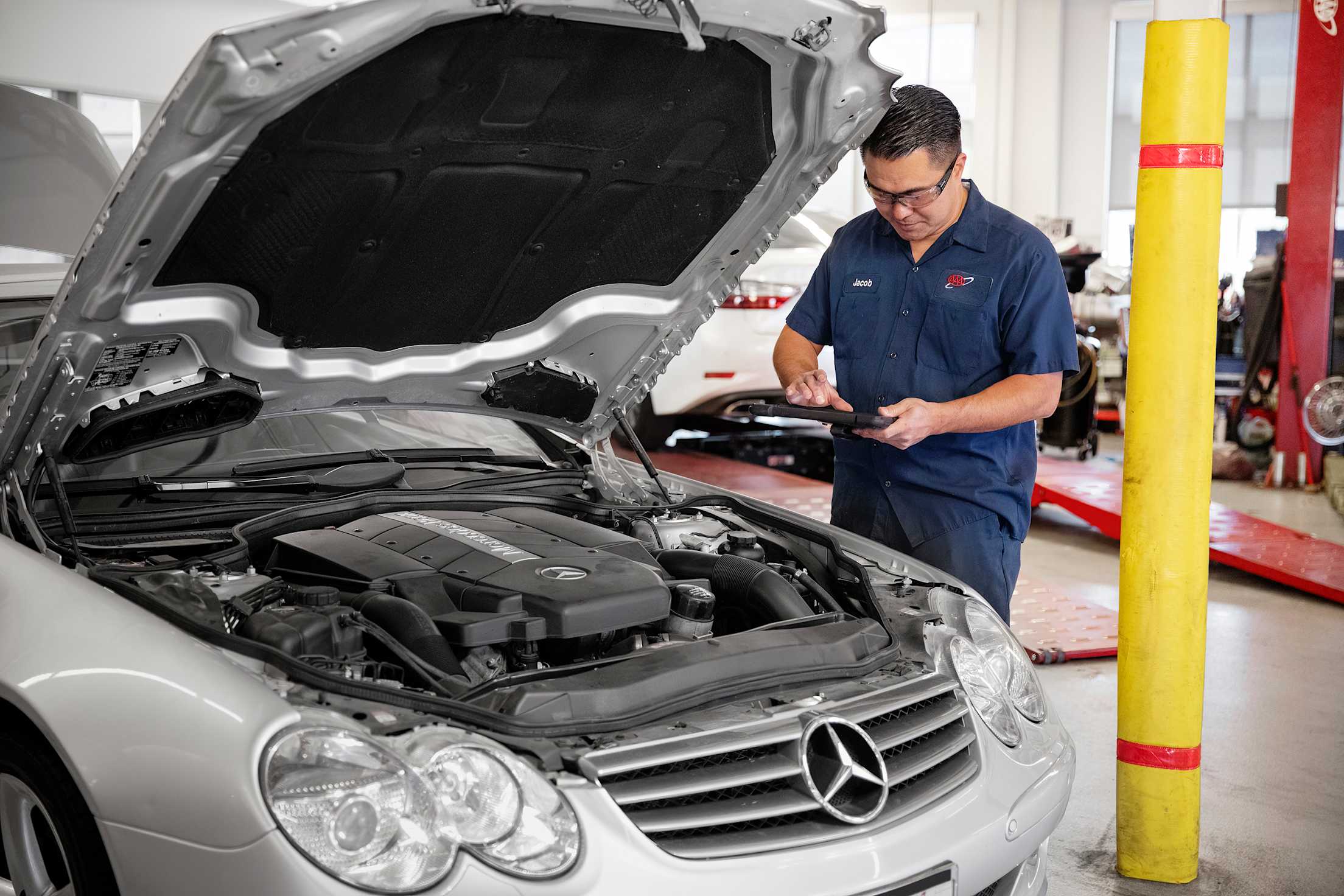
How to Avoid Buying a Flood Car
Make sure to do a thorough inspection for signs of flood damage before buying a pre-owned car.

Every year, hundreds of thousands of cars are destroyed by floods, especially in areas prone to hurricanes. Even partially submerged vehicles can be unsafe to drive and costly—if not impossible—to repair.
Most flood-damaged vehicles are given a salvage or flood title (depending on the state) and recycled for parts or crushed for scrap. But some are fixed up and end up on the used car market—and could end up in your driveway. If the vehicle didn’t have comprehensive insurance or the repairs were below a certain threshold, it may not get a salvage title in the first place.
Flood water, especially salt water, can wreak havoc on electrical systems, mechanical parts, fluids, and more. It can also cause mold to grow on carpets, seats, and even inside the trunk. Many times, these flood-damaged cars make their way far across the country into cities and areas where people aren’t looking for flood-related problems and just miss the signs, so everyone who’s buying a used car has to be vigilant.
Some dishonest sellers use a practice known as title washing, in which a car receives a new title that essentially erases its damage history. They fix up the water-damaged car, making it look very nice, but the hidden problems can catch up with you, sometimes years down the line, due to internal corrosion. Sometimes, the title is from a state that doesn’t make it clear to the untrained eye that the car was flood-damaged or rebuilt. Other times, the car never had a branded title to begin with.
A little research and a careful eye can help you avoid a flood-damaged used car.

Signs of Flood Damage to Look for on Used Cars
Even reputable dealerships can miss the signs, so here are some things to look out for when you’re shopping for a used car:
Every used car should be inspected by a mechanic before purchase. This is the simplest and most effective way of ensuring the car is in the condition it’s being sold. A pre-purchase inspection will catch more than just flood damage, including bad brakes, suspension problems, lack of proper maintenance, engine problems, and more.
Sit in the car, close the doors and windows, and take a deep breath. If the car smells of mold or mildew, walk away. Car sellers may also use a heavy air freshener to attempt to cover the odor. It’s never a good sign and likely just scratches the surface of the problems.
Check the carpets (and under them) for signs that they’ve been waterlogged or caked with mud. Look under the seats to see if the mounting screws look like they’ve been removed recently. If you’re buying an older car with brand-new carpets, that’s also a red flag if there isn’t a good reason. Replacing carpet is expensive!
Look at the headlights and tail lights for any water sloshing around or water lines left behind from being filled with water. Unless the lens is cracked, there shouldn’t be any water inside.
Inspect the seatbelts, trunk, and under the carpets for water spots, dirt, sand, and mildew. Look for rust inside the hood and around doors, hinges, and screws—especially unpainted ones, as they may show rust sooner than other elements.
Test drive the car, paying attention to anything out of the norm. Turn everything on and off to make sure it works. That means all electrical components, including window and seat controllers, turn signals, radio, and A/C.
Check the engine oil for signs of water. It would make the oil look milky instead of the typical oil consistency. This is always a concern but doubly so when checking for flood damage.
There are rubber drain plugs under a car and at the bottom of doors. Look at those to ensure they haven’t been removed recently to drain water from the car.
Open the air filter housing and look at the engine air filter. It’s typically made of cardboard and paper, amongst other things. If it’s soaked or deformed, there may have been water in the engine compartment.
Take the spare tire out and look for signs of water under it. Water can hide there, and the people who fixed the car may have missed it.
Purchase a CARFAX report for even more detailed information about the car, including major accidents, number of previous owners, mileage rollbacks, and manufacturer recalls. CARFAX will also note where a car was previously registered, which can help confirm your suspicions if there’s a problem. However, a CARFAX report isn’t foolproof and may still miss things, so make sure to check over the car.
As an additional layer, visit the National Insurance Crime Bureau website to see if the car you’re buying has ever been reported as a salvage or flood vehicle by insurance companies.
Keep rolling with AAA Auto Services, offering everything from routine maintenance to emergency roadside assistance.